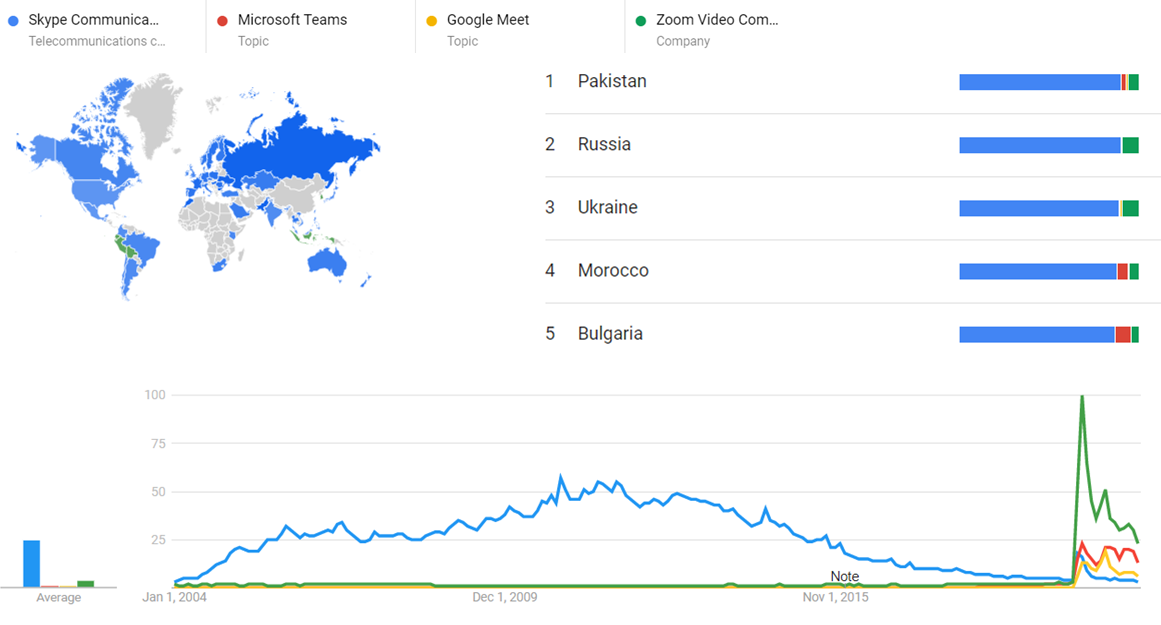

Such texts used by Hopkins researchers include the Bible, which is available on the Web in more than 60 languages, the Book of Mormon (over 60 languages), and the United Nations Declaration of Human Rights (240 languages). The program "reads" a document in English and then a version in a second language. "As Yarowsky notes in his 100,000-sentence example, one way to accomplish automatic knowledge acquisition is to use bilingual or parallel text. Trained this way, the program could potentially "learn" phrase structure and the rules of translation.
#STATISTIC OF MICROSOFT SKYPE TRANSLATOR OVER THE WORLD HOW TO#
"So, instead of telling a computer how to do something - conjugate the verb 'to be' in Spanish, for example (I am = soy) - researchers give it tens of thousands of examples and program the computer to find repeated patterns that the computer can use to conjugate new verbs. Computers could remember exactly when and where they saw the words bird and book." It's the same with machines, only they have much better memories. They see a bird with its wings flapping around and learn that is called a bird. They see a book and hear the word 'book,' and eventually they learn that it's a book. "Children do the same thing, but they also do it through visual stimulation and feedback. "It's all just observation," Yarowsky adds. If in 2,000 sentences you have the word Washington, and in about the same number of sentences you have the word Huashengdun, and they occur in the same place in the sentence, these words are likely translations.

"As Yarowsky explains: "Say you want to teach a computer how to translate Chinese: You give the computer 100,000 sentences in English and the same 100,000 sentences in Chinese and run a program that can figure out which words go to which words.

In what's known as automatic knowledge acquisition, the computer could "learn" Serbian well enough to translate future documents or conversation, or at the least pick out pertinent words like "bomb." "To tackle a broader range of the world's languages, and to improve on the quality of machine translation, Yarowsky and his Hopkins colleagues are developing computer programs that can be trained to figure out any language using statistical analysis, i.e., looking at the probabilities of language patterns. Those that do work fairly well usually tackle popular Western languages, such as French, German, and Spanish there are few translation programs developed for other important tongues, such as Chinese, Turkish, or Arabic, let alone for more obscure languages like Tajik. "While somewhat effective, such systems are time-consuming to build (consider how long it takes most humans to learn a language and all its rules), and resulting translations are still marred by grammatical and other errors. "The computer is told, if you see this thing in Russian, replace it with this thing in English," explains Yarowsky. Programmers painstakingly hand-build systems based on such rules. "Currently, most machine translation technology, including consumer-oriented programs such as Systran's Babel Fish, have been "taught" the rules of language, such as verb tenses and when to use parts of speech. Since the RTFAs lacked any kind of crunchiness, i sourced some great stuff here that does a wonderful job explaining how this system works, and gives the advantages the statistical translation method has over the rules-based approach.


 0 kommentar(er)
0 kommentar(er)
